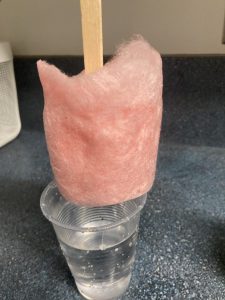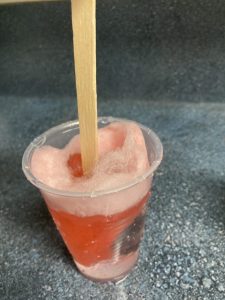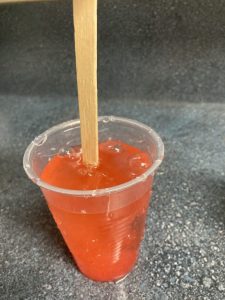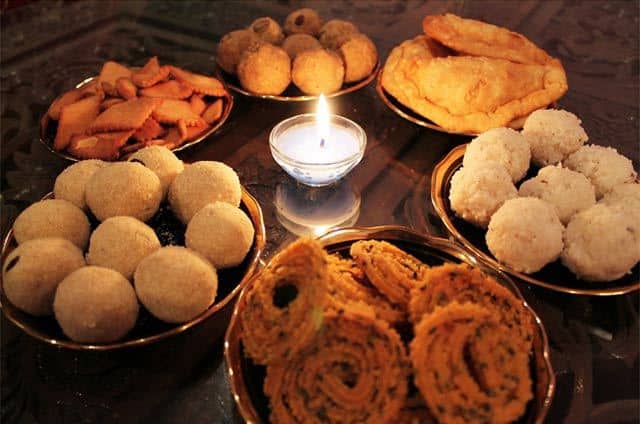What makes an animal species ‘successful’ or ‘unsuccessful’? According to this video on evolutionary theory, a species needs to be able to reproduce, eat/nourish themselves, and move or travel. The Pumpkin Toadlet is not very successful at 2 of these ‘goals’, and yet they have survived for hundreds of years! The issue seems to be the toadlet’s tiny inner ear, which does not help their balance or spatial awareness (resulting in some very clumsy landings). The toadlet’s ears also do not seem to be able to hear the mating calls of other toadlets (imagine if humans could hear other noises and animal calls, but not hear each other talking!).
Many species have different biological features that might seem weird or unnecessary to us (ex: the ‘fainting goats’), but still seem to survive (and thrive) despite it. Humans also have some strange examples of ‘useless’ features… our appendixes are considered by many to be an organ that is not very helpful (and, in some cases, can even be harmful if it gets infected!). To learn more about the so-called ‘useless’ organ, click the link below:








